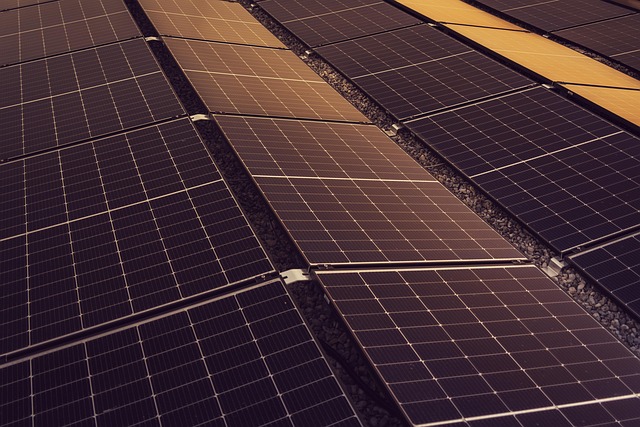As global citizens, we’re increasingly aware of our ecological footprint and the impact our choices have on the environment. In this age of rapid industrialization and urbanization, the emergence of LED technology is a beacon of hope, guiding us toward a sustainable future. This innovative lighting solution is not just a mere replacement for traditional bulbs; it’s a significant step toward achieving carbon neutrality, which is becoming an imperative goal for nations and communities around the globe.
The journey to sustainable development is fraught with challenges, yet it is heartening to witness how LED technology is at the forefront of this movement. Unlike conventional lighting systems, LEDs consume up to 75% less energy while lasting 25 times longer. By adopting such green technologies, we drastically reduce our energy consumption and, by extension, our carbon footprint. Each LED bulb we install contributes to a collective effort that drives down greenhouse gas emissions, making it an essential tool in the pursuit of a carbon-neutral future.
Transitioning to LED technology is more than just a trend. It represents a conscious choice to embrace sustainability. Governments and businesses that invest in LED infrastructure are not only improving energy efficiency but are also paving the way for greener economies. The use of LEDs in street lighting, public facilities, and commercial spaces results in lower energy costs while simultaneously promoting environmental stewardship. This in turn creates a ripple effect, inspiring other sectors to adopt similar eco-friendly practices.
Moreover, the benefits of LED technology extend beyond mere energy savings. They also enhance our quality of life by providing better lighting quality, which can contribute to safety, productivity, and well-being. For instance, the implementation of LED streetlights reduces light pollution and has been shown to improve visibility for pedestrians and drivers alike. This practical advantage helps foster a sense of community and encourages outdoor activities, reinforcing the importance of well-lit and safe environments.
In the realm of sustainable development, each small step counts. The choice to switch to LED technology can engage individuals to rethink their consumption habits and push for greater accountability when it comes to environmental responsibility. Government policies that promote LED adoption can further strengthen this initiative, ensuring that future generations inherit a planet that is not only habitable but thriving.
As we collectively navigate the complexities of climate change, the adoption of LED technology symbolizes our commitment to a greener planet. It is a testament to how innovation, when aligned with sustainability, can lead to remarkable improvements in energy consumption and environmental impact. With every LED bulb that lights up our homes, streets, and businesses, we are one step closer to realizing the dream of a carbon-neutral world.




